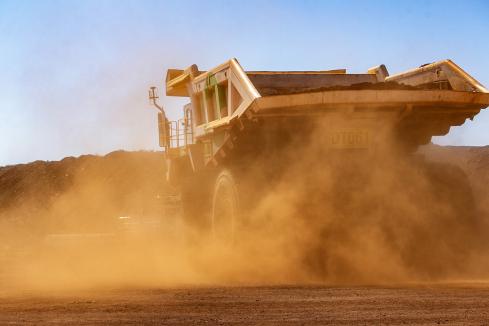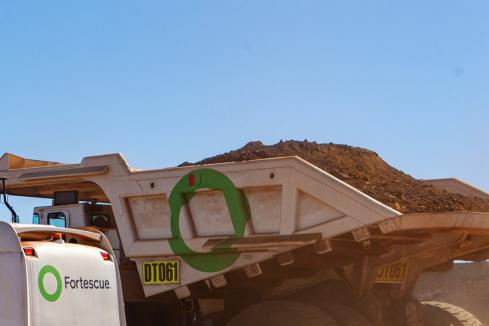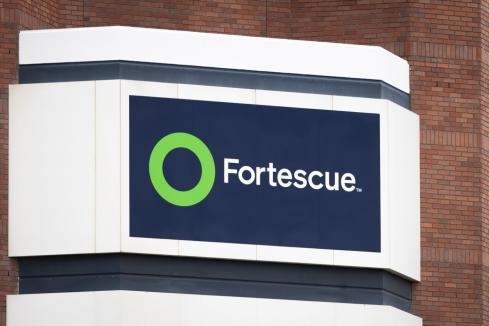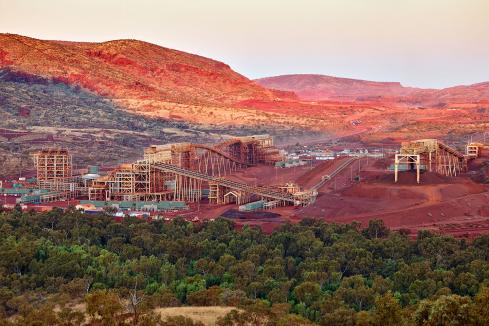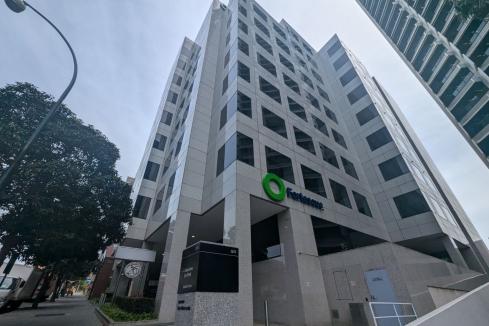Fortescue Metals Group has signed a joint venture agreement with a subsidiary of China-based Shanghai Baosteel Group Corporation, to explore and potentially develop a one billion tonne magnetite deposit in the Pilbara.


Fortescue Metals Group has signed a joint venture agreement with a subsidiary of China-based Shanghai Baosteel Group Corporation, to explore and potentially develop a one billion tonne magnetite deposit in the Pilbara.
The full text of an FMG announcement is pasted below
Fortescue Metals Group Ltd ("Fortescue") has finalised a Joint Venture ("JV") Agreement with a wholly owned subsidiary of China's largest steel mill, Shanghai Baosteel Group Corporation ("Baosteel"), to explore and potentially develop a targeted one billion tonne prospective magnetite deposit within Fortescue's tenement areas in the Pilbara region of Western Australia.
The JV follows the signing in March 2007 of a Memorandum of Understanding between the two companies outlining the development.
The JV agreement relates to specific land tenement areas which are close to the Fortescue rail corridor between the Company's Cloud Break mine site and Port Hedland.
Baosteel will fund the exploration of the prospective areas and, if approved by a joint operating committee of the JV, will then fund the pre-feasibility and definitive feasibility studies.
At the signing ceremony held in Shanghai today, Fortescue's Executive Director Commercial, Mr Russell Scrimshaw, said the JV further secures the strong relationship between the two companies.
"While Fortescue is very much focused on developing its direct ship marra mamba operations, the fact that Baosteel is also interested in magnetite development opportunities and is prepared to use its financial strength and technical expertise to facilitate such development, creates a classic 'win - win' for both groups".
"We see this JV as further proof of the increased opportunities available to all industry participants through co-operation and sharing of skills and resources," Mr. Scrimshaw said.
"We believe the Pilbara offers enormous potential for exploration of all types of mineralization and the creation of an open access port and rail system by Fortescue is increasingly giving companies the confidence to pursue these opportunities."
Under the terms of the JV the parties have agreed to explore and develop an area to target at least one billion tonnes of magnetite resource - noting that a JORC resource estimate has not been determined to date as insufficient exploration has been undertaken and it is uncertain if further exploration will result in an estimate being determined. The area's mineralization is described as predominately Banded Iron Ore Formation magnetite.
The agreement provides for the phased development of the project as follows;
After the JV successfully completes stages 1 and 2, as funded by Baosteel and reaches agreement to proceed to stage 3, the equity share will be 50/50.
Fortescue's responsibilities include the holding charges and provision of the exploration areas, the delivery of requisite consents, approvals and JV access at market competitive rates to Fortescue's transport infrastructure. It is intended that all initial costs of Stages 1 and 2 will be reimbursed to the parties from any future JV proceeds.
In the event the JV makes the decision to proceed to mining in stage 3, the terms of the JV will be further negotiated to reflect an operating business. The basic terms and conditions embodied within the JV will remain consistent across any new agreement.
At the signing ceremony of the MOU in March, Fortescue and Baosteel also executed a separate and unrelated long term iron ore off-take agreement for up to 20 million tonnes per annum.






